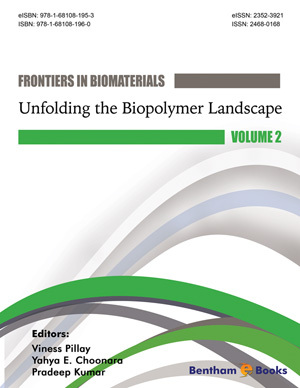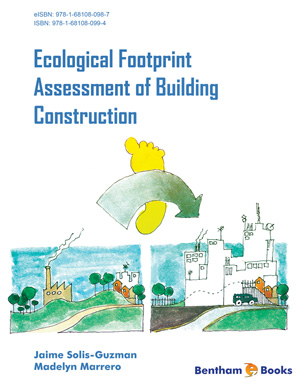Abstract
Environmentally responsive or smart biomaterials have emerged as an answer to the pursuit and growing need for efficient bio-mimicking stimuli responsive systems. Their efficiency resides in the ability to sense a given perturbation in the biological environment through interfacial interaction and respond intelligently, as per biological need, through switching of their physicochemical properties. The distinct environmental changes that could trigger such responses include a change in temperature, pH, ionic strength, light, electric and magnetic field. Polymers with the plethora of possible chemistry provide a drive for exhaustive exploration and are therefore the focal of environment responsive biomaterials. Advancement in chemistry combined with biology provides a better approach to synthesize novel polymers, incorporating functionalities and developing supramolecular architectures which can impart new bio-interfacial properties. The leading avenues of environmentally responsive polymers application are tissue engineering, regenerative medicines, integrated bio-sensors, drug delivery and multi-responsive materials but are not limited to them. Development of single, dual or even multifunctional materials can be possible through appropriate design, synthesis method and the combination of the building blocks. The chapter reviews an array of polymeric materials responsive to internal stimuli with key insight into the recent strategies employed for their synthesis and modification for specific biomedical application. The chapter further presents a close discussion on the interfacial characteristics of these polymers that enable reversible switching of physicochemical properties in response to different environmental cues prevailing in a biological system.
Keywords: Bio-interface, stimuli responsive, switching physiochemical properties, conjugation, biomaterials.


 Download PDF Flyer
Download PDF Flyer








